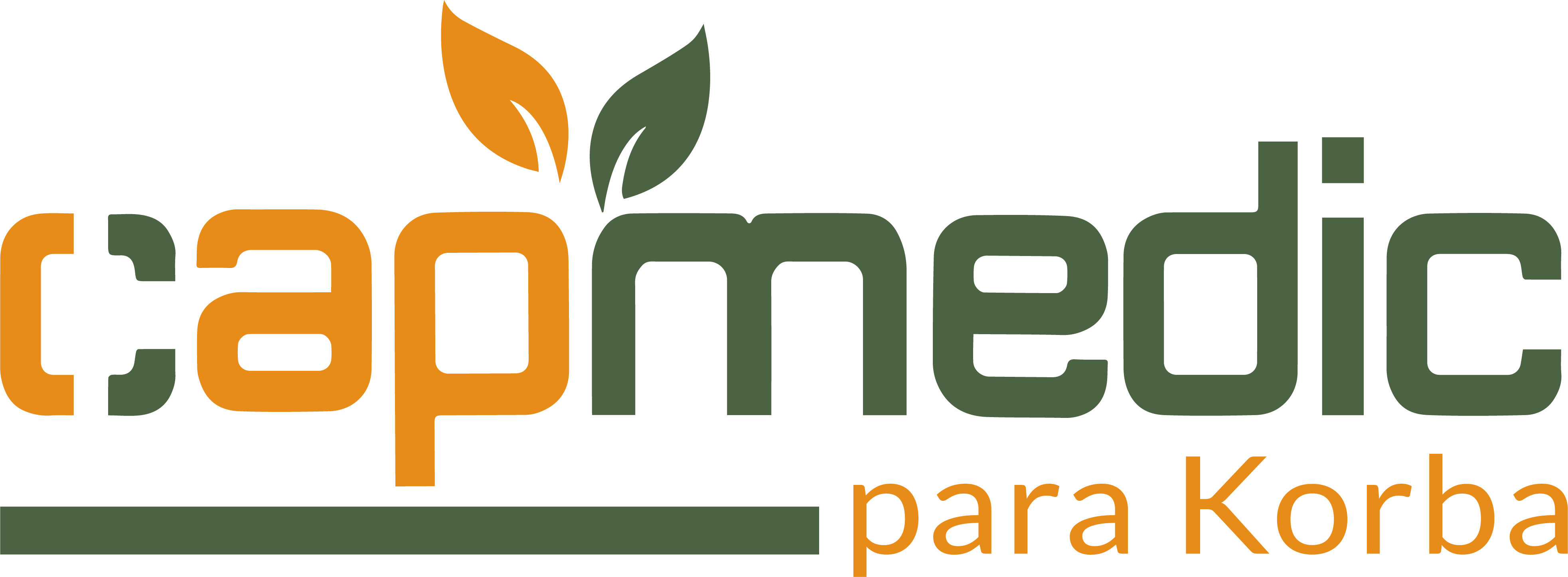
If you answered ‘Yes’ to a lot of these questions then you may be suffering from panic disorder. You might find it helpful to speak to your general practitioner, or a mental health professional about how you are feeling. Consuming alcohol can trigger panic attacks, while others experience extreme nervousness after drinking. Anxiety attacks aren’t a medical term, but people tend to use this phrase to describe a long-lasting sense of extreme or heightened anxiety. A panic attack, on the other hand, tends to come on very suddenly, sometimes seemingly out of nowhere, and typically lasts for minutes or just a short period of time. An anxiety attack is more of a shorthanded way of explaining the condition — it isn’t a medical term.

Oranges and Other Citrus Fruits May Fend Off Depression
There are many effective treatments for anxiety and alcohol use disorders, including ongoing individual therapy, group therapy, prescribed medications, or a combination of these methods. In some cases, a person who drinks alcohol to relieve feelings of anxiety might end up drinking more because they expect alcohol to provide a certain amount of relief from their anxiety symptoms. It is hard to predict whether you or someone else will experience anxiety after an episode of drinking or during a hangover.
Support, Transition, Action, Resolve, Transformation
- One found 35.8% of alcohol-dependent men and 60.7% of women reported anxiety symptoms.
- When someone first has a drink of alcohol, it often has a sedative effect.
- This is because studies show that five sessions of breathing training over the course of four weeks reduces the severity of panic attacks.
- Misuse of alcohol often leads to sudden anxiety and panic attacks.
Alcohol impairs judgment and decision-making abilities, potentially increasing risky behaviors. Generalized anxiety disorder involves chronic, exaggerated worry about everyday life. Social anxiety disorder causes intense fear of social situations. Phobias are irrational fears of specific objects or situations.
- Also, try to avoid sugary snacks because they can cause your energy to crash, making you feel tired and irritable.
- This involves avoiding situations or environments that may trigger anxiety, such as social gatherings or places where alcohol is present.
- At Talkiatry, our psychiatrists can treat patients with mental health conditions such as anxiety or depression and substance use disorders that occur at the same time.
- The results are a full-blown panic attack, which can be very frightening.
- With consistent effort, support, and effective coping strategies, you can navigate alcohol-related panic attacks and work towards improved mental health and well-being.
Follow Calm Clinic on:

And then a drink is defined by the type of alcohol we’re talking about. This platform allows you to connect with others who understand the unique challenges of maintaining sobriety, fostering a sense of community and mutual support. You can have fun and stay healthy by trying new activities instead of taking a coffee break or having a drink. When you decide to reduce alcohol, choose tasty non-alcoholic options. Try sparkling water mixed Sober living house with fruit juice, like lemon or berry flavors.
- With therapy, medication (if needed), and self-care, you can manage your panic attacks and regain control of your life.
- Some adults can safely tolerate two or three alcoholic beverages when consumed with food, but many cannot tolerate more than one drink.
- Research has found that anxiety disorders and alcohol use disorders often occur together.
- And over time, as your awareness grows, you may start to notice patterns that can help you manage anxiety and feel more in control when it arises.
This is because, as users increase the quantities of alcohol they drink to ease anxiety symptoms, it creates structural brain changes, depleting the reserves of GABA (a calming hormone). Alcohol consumption can trigger panic attacks through direct physiological effects and withdrawal symptoms. Both acute intoxication and cessation of prolonged drinking may lead to increased anxiety and panic episodes in susceptible individuals. Avoidance behavior is reported in 30-50% of individuals with alcohol-induced anxiety disorder. This involves avoiding situations or environments that may trigger anxiety, such as social gatherings or places where alcohol is present. Avoidance behavior can significantly impact a person’s quality of life, leading to social isolation and worsening anxiety.


Some people report feeling short of breath or a sense of choking. Alcohol consumption can trigger or exacerbate anxiety symptoms. These effects alcohol and anxiety may manifest through physical sensations and changes in behavior. These physical sensations closely resemble panic attack symptoms, potentially setting off an anxiety spiral. Severe withdrawal can cause hallucinations or seizures in some cases. Alcohol consumption significantly affects mental health through various psychological and biochemical mechanisms.






Laisser un commentaire